Are You Trying To Sell Paper Cups?
In 1930, a paper cup salesman for the Lilly Tulip Cup Company walked into a Walgreens Drug Store near 43rd St. and Bowen Ave. in Chicago, IL, and changed the world.
That's a pretty dramatic statement, but it's true. You see, paper cups were big business in the early part of the 20th century. As scientists and public health officials warned people about the dangers of drinking from unwashed glassware and shared eating utensils, disposable food, and beverage products became all the rage. And, of course, where there is a rage, there is a salesman.
One prime target of these paper cup peddlers was drug stores. After prohibition became law in 1919, the introduction of the soda fountain in American drug stores not only filled the social void caused by the closing of bars and speakeasies but ushered in the dawn of the soft drink. Egg cremes, Black Cows, and Cherry Phosphates became staples of the new American diet, and the glasses they were served in the target of every paper cup salesman in the country.
All except one.
While most cup vendors made the obvious pitch to the drug store owners and soda fountain managers - no more broken glasses, no more dishwashing, no more risk of spreading disease - our salesman had a different take. When he first walked into the Walgreens off 43rd Street, he knew he couldn't make a sale using the same tired arguments that others had made before him. So, instead of trying to sell the products he brought with him that day, he stood in the back of the room and watched. More importantly, he learned.
The store began filling up with the day's lunch crowd just before noon. He watched as the first ten patrons arrived and took up all the seats at the fountain's counter. Then, as people from the streets entered the store, they would look for a vacant seat, not find one, and walk out the door, having never bought a thing. It was all that watching that made everything clear. He knew Walgreens' problem, and it wasn't paper cups.
Walgreens' problem was the same problem every soda fountain of its day had. Not enough space. Everyone wanted a seat, but those who got there first didn't want to leave. Without the turnover, the stores were losing sales - lots of them! Our salesman knew by observing one potential customer after another walk out the door without being served that the answer was not cups; it was lids. He explained to the Walgreens manager how he would increase the soda fountain's sales tenfold without adding even one foot of new counter space. Yes, he would provide them with paper cups, but every one of those cups would come with a lid, and the concept of "take out" was born.
This story is about the power of insight and the importance of stepping back to see the real problem. We all have our bag of goods - the things we try to sell to others daily. We come ready to explain our value and convince the non-believers of our importance, only to be left dumbfounded that they just don't get it. The tried and true paper cup pitch is "we can SAVE you money." The insightful one is "we can MAKE you money."
We all fall into the trap of trying to sell what we have instead of selling what others need. The first requires doing nothing more than what you have always done; the second demands that you step back and understand the real problem. Being "future-ready" is not only about knowing how to go forward, it's about knowing when to step back, knowing how to put yourself in the shoes of others, and figuring out what they truly need and want. It's understanding what your boss needs, what your institution and organization needs, what your client and customer needs, and what your industry needs. Sometimes you may have the solution in your bag. Sometimes you will need to order lids.
Insight is not a magical gift. We develop it by listening, watching, learning, and practicing empathy. It takes some time to get good at it, but the results are worth the effort. They certainly were for our paper cup salesman. He made the sale to Walgreens, but practicing insight would bring him even greater rewards. Standing in the back of the room and watching what was going on gave birth to the take-out business and forever changed the course of Ray Kroc's life. Applying what he learned at the Walgreens drug store in 1930 would influence his decision to buy a small restaurant in San Bernadino, California, 20 years later from brothers Dick and Mac McDonald.
The rest, as they say, is history.
Summary
“How Insight Transforms Business: The Paper Cup Salesman Who Revolutionized Customer Engagement”
This article highlights the transformative power of customer insight in business growth, using the example of a 1930s paper cup salesman who revolutionized the Walgreens soda fountain experience. By understanding the real needs of customers, rather than simply selling products, the salesman introduced the concept of “take-out,” which significantly increased sales and influenced future business strategies, including those of Ray Kroc, the founder of McDonald’s. The story underscores the importance of empathy, observation, and solving real customer problems—key principles in building strong client relationships and driving long-term business success. Learn how applying these insights can help your business thrive.
“Insight, grounded in the science of human connections, is not a magical gift but a skill honed through empathy, observation, and understanding customer needs. By mastering this skill, businesses can foster stronger client relationships, drive growth, and stand out in competitive markets. Just as Ray Kroc’s insights led to the birth of a global empire, so too can thoughtful, client-centric strategies lead to transformative business success.”
Keywords: Customer Insight, Business Growth, Human Connections, Client Engagement, Sales Strategy, Transformative Leadership, Customer-Centric Selling.

